
Café Colao: The Rich Tradition of Puerto Rican Coffee
Share
Table of Contents
- Introduction to Café Colao
- The History of Café Colao
- Preparation of Café Colao
- Cultural Significance
- Comparison with Other Coffee Brewing Methods
-
Conclusion
Introduction to Café Colao
Café Colao, a beloved coffee preparation method in Puerto Rican Coffee, is a cultural ritual that connects generations. This traditional method uses a cloth strainer, known as a colador, to produce a smooth, rich coffee that is central to Puerto Rican daily life.
The colador, often made of a fine mesh cloth, is designed to allow the coffee's flavors to develop fully while minimizing bitterness. As boiling water is slowly poured over freshly ground coffee in the colador, the resulting brew drips into a pot, creating a beverage that is both robust and refined. Café Colao is enjoyed not only for its distinct taste but also for the sense of community and tradition it fosters. Whether served black, sweetened, or with milk, a cup of Café Colao is a cherished part of daily routines, family gatherings, and social occasions in Puerto Rico, the United States and other places as well.

Coffee tree atop the Maricao mountains in Puerto Rico
The History of Café Colao
The origins of Café Colao are deeply engrained in Puerto Rico's history. Coffee cultivation began on the island in the 18th century, introduced by Spanish colonists. By the 19th century, Puerto Rico had become one of the world's leading coffee exporters, known for its high-quality Arabica beans.
Early Beginnings

Puerto Rico. Coffee berries - stereoscopic view, public domain photograph
In the early days, brewing methods were simple, often borrowed from Spanish traditions. However, as the love for coffee deepened among the locals, innovation followed. This led to the development of the colador, a pivotal tool in Puerto Rican coffee brewing. The colador, basically a cloth strainer, revolutionized the way coffee was prepared, providing a unique approach to the brewing process. Its introduction marked a shift towards a more refined and distinct Puerto Rican coffee style. With the colador, the islanders crafted their own identity in the world of coffee, showcasing their ingenuity and passion for this beloved drink. Today, the colador remains an essential part of Puerto Rican coffee culture, symbolizing the rich history and tradition.
Evolution of the Method
As Puerto Rico's coffee industry grew, so did the refinement of Café Colao. The method was perfected to enhance the natural flavors of the locally grown beans, resulting in a unique taste that is less bitter and smoother than other brewing techniques.
Preparation of Café Colao
Making Café Colao involves a few simple steps, but each is integral to achieving the perfect cup.
Ingredients and Equipment
-
Freshly ground coffee - The typical grind size for cafe colao, is medium-coarse, akin to beach sand in texture. This grind strikes a balance between espresso and drip coffee, facilitating ideal flavor extraction when using the colador. It guarantees a rich and smooth cup of coffee, though the exact grind may vary based on personal preference and equipment.
Generally, you'd put around one to two tablespoons of ground coffee per cup of water in a colador. Adjustments can be made according to taste, but this ratio typically yields a flavorful cup of café colao.
-
Boiling water - In the traditional method for preparing cafe colao, boiling water is poured directly over coffee grounds in a colador. This process yields a robust brew, characteristic of Puerto Rican coffee culture.
However, it's worth noting that while this method is time-honored, adjusting the water temperature slightly lower, within the range of 195°F to 205°F (90°C to 96°C), can refine the flavor profile, reducing the risk of bitterness and enhancing the overall balance of the coffee. Once again, personal preference is the best guide.
-
Colador (cloth strainer) - Traditionally, the Colador, is made from a specific type of mesh known as "jibarito." This mesh is usually crafted from natural materials like cotton or linen. It has a fine yet sturdy texture, effectively filtering the coffee grounds while allowing the rich flavors to pass through.
- Coffee pot or carafe - Traditionally, for brewing cafe colao, a coffee pot or carafe would have been a simple vessel made from materials like aluminum or stainless steel. These pots were durable and good at retaining heat, making brewing and serving coffee efficient. They usually had a wide base and a narrow neck for easy pouring without spills.
Brewing Process
The process begins with boiling water. Freshly ground coffee is placed into the colador, which is then positioned over a coffee pot. Boiling water is poured slowly over the grounds, allowing the coffee to filter through the cloth and drip into the pot.
Serving Suggestions
Café Colao, known for its strong and rich flavor, is enjoyed either black or with added sugar, milk, or cream. Its bold taste makes it a perfect base for various coffee drinks, offering versatility to suit different tastes. Some traditional variants include Café con Leche, which combines café colao with steamed milk for a creamy beverage, Café Cortado, where a small amount of milk "cuts" the strong coffee flavor for a balanced drink, Café Bombón, featuring layers of condensed milk and café colao for a decadent treat, Café Mocha, mixing café colao with chocolate syrup or cocoa powder for a chocolate-infused delight, and Café con Miel, blending café colao with honey for a sweet and aromatic twist.
Cultural Significance
Café Colao is deeply rooted in Puerto Rican culture, symbolizing hospitality, comfort, and tradition. Throughout the day, Puerto Ricans enjoy multiple cups of café colao, starting from morning until evening. Whether it's a morning pick-me-up, a midday break, or a soothing end to the day, café colao is present, providing warmth and companionship.
Puerto Rican coffee heritage goes beyond just café colao. The island's diverse coffee-growing regions offer unique flavors, shaped by traditional cultivation methods like shade-growing and natural drying. Centuries-old coffee haciendas showcase the deep ties between land and people. Initiatives for sustainable and ethical production reflect a commitment to preserving this heritage.
Family and Social Connections
In Puerto Rican households, sharing a cup of Café Colao is a daily tradition that unites families. Whether enjoyed in the morning, during a break, or after a meal, brewing and savoring café colao is a cherished ritual passed down through generations. This simple act fosters closeness, as loved ones gather to chat and connect over a pot of freshly brewed coffee. Offering café colao to guests is a gesture of warmth and hospitality, making visitors feel valued and welcomed into the home. Obvilusly café colao isn't just a drink; it's a symbol of community and kindness that defines Puerto Rican culture.
Economic Impact
For centuries, the coffee industry has been a cornerstone of Puerto Rico's economy. Café Colao, a beloved traditional drink, symbolizes the hard work and dedication of generations of coffee farmers. Their labor, passed down through families, reflects the island's agricultural heritage. Through their efforts, coffee cultivation has not only provided livelihoods but also contributed to Puerto Rico's prosperity.
Comparison with Other Coffee Brewing Methods
Café Colao is distinct from other coffee brewing methods, each of which has its own unique characteristics.
| Brewing Method | Characteristics | Flavor Profile |
|---|---|---|
| Café Colao | Cloth strainer (colador) | Smooth, rich, less bitter |
| French Press | Metal mesh filter | Bold, full-bodied |
| Espresso | High pressure, fine grounds | Strong, concentrated |
| Drip Coffee | Paper filter | Clean, light |
| Pour Over | Manual, paper filter | Bright, nuanced |
Conclusion
Café Colao is a testament to Puerto Rico's rich coffee heritage. Its unique preparation method, cultural significance, and distinctive flavor profile make it a cherished tradition. Whether enjoyed black or with additives, a cup of Café Colao is more than just coffee; it's a connection to the island's history and a daily celebration of its culture.
Related Posts
-
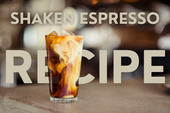
Shake It Up: Octave Coffee's Shaken Espresso Recipe
Hey coffee folks—want to mix things up a bit? Check out our Octave Shaken Espresso Recipe. It’s got all the bold fl...
-

Embrace Italian Indulgence: A Guide to Perfect Affogato Shots
Index: Introduction Ingredients Instructions Brew Espresso the Italian Way Prepare Gelato with Italian Flair Cr...
-

Octave Coffee's Cinnamon Mocha Recipe: An Effortless Harmony of Flavors
As the Christmas season unfolds, treat yourself to the warmth of Octave Coffee with a simple yet delicious Cinnamon ...
-
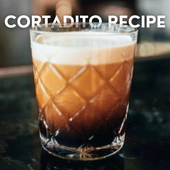
Cortadito Recipe: A Brief History and Simple Guide
Originating in Cuban coffee culture, "cortadito" is a Spanish term that translates to "cut" in English. In the co...
-
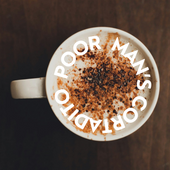
Recipe Series: "Poor Man's Cortadito"
A Masterclass in No-Nonsense Coffee from Your Own Filter Basket So, you fancy yourself a coffee connoisseur but can't...
-

Recipe Series: Cozy Autumn Bliss - Homemade Pumpkin Spice Latte
Here in the American northeast, as the leaves start to change and the air turns crisp, there's no better way to embra...
-
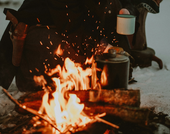
How to Make Coffee Without a Coffee Maker: Simple Solutions from a Coffee Roaster
Table of Contents The Classic: Boiling Water & Coffee Grounds The Cowboy Method: Coffee Over an Open Fire Im...
-
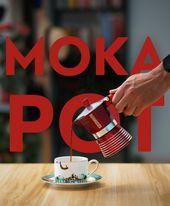
The Ultimate Guide to Moka Pot Brewing: Mastering Grind Size, Roast Levels, and Brewing Steps
Moka Pot Brewing Guide Introduction Section 1: Unveiling the Moka Pot Magic 1.1 The Heart of the Moka Pot 1.2 The B...
-

V60 Pour-Over Coffee: A Simple, But Complete Guide
The V60 pour-over method is distinctive because it not only brings out nuanced flavors in coffee roasts, but also off...
-

How to Make Strong Coffee: A Guide By Octave Coffee
Brewing a cup of resilience becomes an art form with Octave Coffee's comprehensive guide on how to make strong coffe...
-
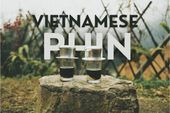
The Art of Vietnamese Coffee: Brewing with a Phin
I was just talking to a friend of mine from church this week and he was introducing me to the idea of Vietnamese Milk...












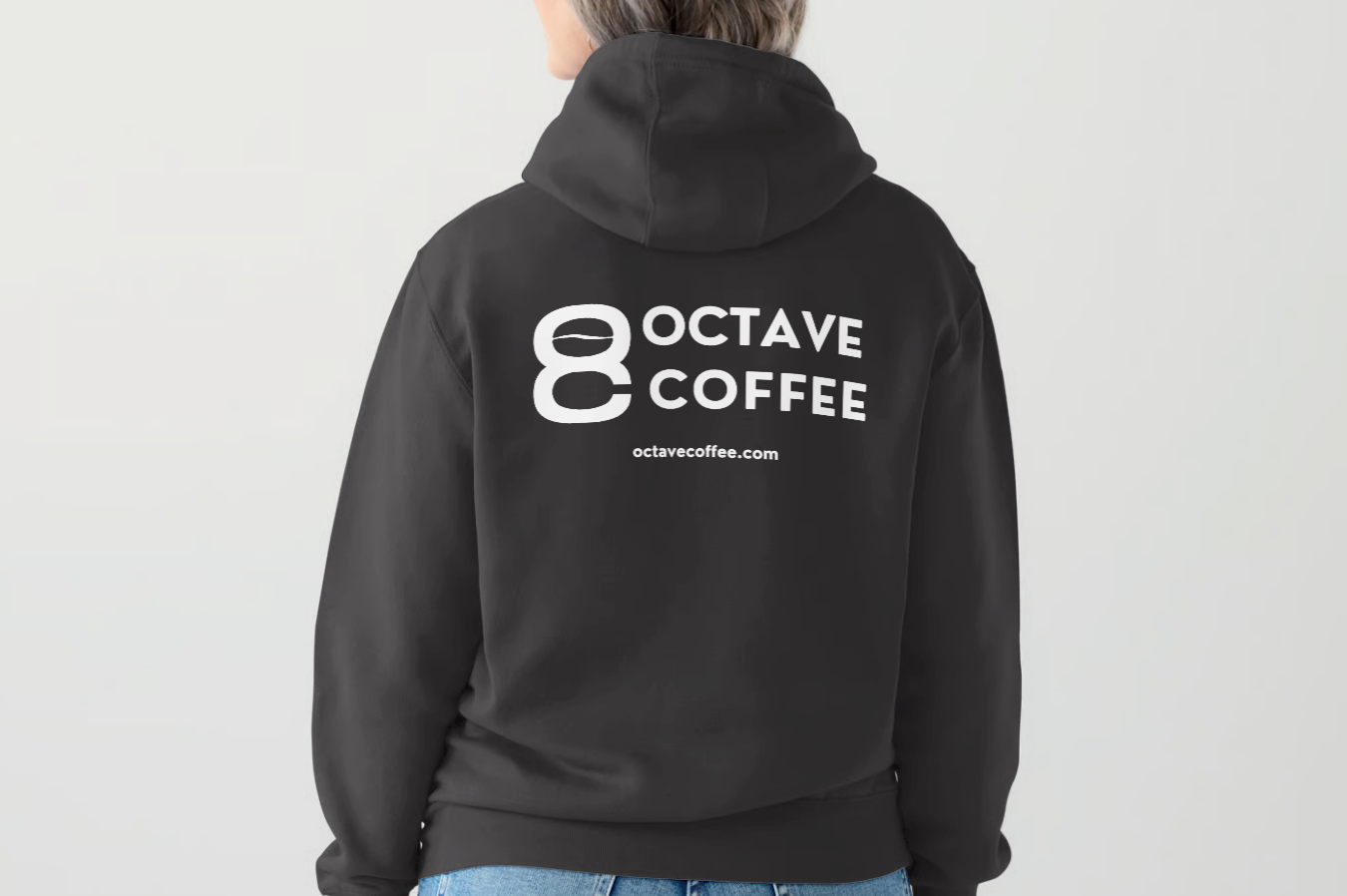

1 comment
I remember my mom and her mom, “ colando el cafe” waoooo this brought back memories – thanks steve